Eric's Autos: 2026 Mini Cooper JCW
The Mini Cooper is one thing few new cars are.
It is instantly recognizable -- because nothing else looks anything like it. This has been one of the Mini's greatest appeals, which transcends even the nostalgia factor of owning a new car that looks a lot like an old car.
It's nice to drive something that doesn't look like everything else.
Or drive like everything else, either.
What It Is
The Mini is a reincarnated iteration of the iconic Mini Cooper microcar of the '60s that was made by the Brits. The current Mini is made by the Germans (BMW) and made to look British.
It's still small -- by modern car standards. But it's also much larger (and heavier) than the original Mini Cooper, which has its upsides and its downsides.
Prices for the two-door hardtop start at $30,675 and $31,675 for the four-door hardtop. The S trim -- which comes with a more powerful iteration of the standard turbocharged 2.0-liter four-cylinder engine plus related performance upgrades to the suspension and so on -- stickers for $33,975 for the two-door hardtop and $34,975 for the four-door hardtop.
You can also get a Mini convertible (two-door).
Prices for this one start at $35,775 for the base trim and $39,075 for the S with the more powerful engine and related upgrades.
Both the two-door hardtop and the convertible are available (again) with the John Cooper Works package that centers around an even more powerful iteration of the 2.0-liter turbo four, with a driver-selectable momentary "overboost" button for maximum power/performance. The JCW package also includes an adaptive suspension, electrically locking differential, upgraded brakes and a Go-Kart driver display mode that shows real-time engine output and cornering Gs registered.
The JCW coupe lists for $39,375; the convertible for $44,875.
What's New for 2026
A new JCW Style package can be added to any Mini S; it bundles most of the visuals that come with the JCW but leaves off the high-performance JCW engine; you do get the adaptive suspension and a unique set of JCW wheels, plus a wider palette of stripe/color options. It's a way to get a Mini S that looks like a JCW Mini without the price tag pushing (and exceeding, if it's a convertible) $40,000.
What's Good
-- Hasn't changed much on the outside.
-- No more three-cylinder base engine.
-- Two or four doors; hardtop or convertible.
What's Not So Good
-- Has changed a lot on the inside.
-- No more manual transmission (even in the JCW).
-- Base price is now about $5,000 higher than it was in 2024.
Under the Hood
When BMW updated the Mini for the 2025 model year, most fans of this car were happy to hear that the 1.5-liter three-cylinder engine that came in the base trim had been retired. It has been replaced by a 2.0-liter four-cylinder engine that makes 161 horsepower -- 27 more than the 134 touted by the smaller, three-cylinder engine.
Interestingly, the larger standard engine in the current Mini touts slightly higher gas mileage -- 28 mpg city, 39 mpg highway versus 27 mpg city, 38 mpg highway for the '24 with the 1.5-liter engine -- even though the 2.0-liter engine is larger and stronger and even though it is paired exclusively with an automatic transmission.
S trims get a 201-horsepower version of the 2.0-liter engine; it's basically the same engine with more boost -- to make more power. This engine is also paired exclusively with the seven-speed automatic.
JCW Minis get a 228-horsepower version of the 2.0-liter four with even more boost (including the driver-selectable momentary "overboost" button) and 280 foot-pounds of tire-skittering torque. This is a big boost in torque; the last time Mini offered the JCW upgrade, the 2.0-liter engine touted the same 228 horsepower but only 236 foot-pounds of torque. This is a difference you can literally feel -- about which more below.
All Minis are front-wheel drive -- enabling the tire-skittering in the S and JCW iterations.
On the Road
Let's begin with tire-skittering, which can be done in the Mini because it's not all-wheel drive; not even the high-performance JCW, which now has close to 300 foot-pounds of torque. That's more than enough to skitter the tires, which is fun.
There are of course people who do not see it that way. This is not the car for them.
On the other hand, the automatic-only thing does detract from the fun. The seven-speed automatic is snappy-shifting when you select "s" mode via the toggle just below the big pie-plate LCD screen and punch it. The JCW's open-baffled exhaust burps at each upshift enhance the effect. Downshifts are just as slick. But you're not doing the shifting, and that's why it's not as fun as it could be. This little firecracker deserves a clutch pedal -- a firecracker is most fun when its fuse is short. It keeps you paying attention. It demands timing and skill.
The tested JCW iteration's ride is skateboard firm, so be careful with your coffee. The upside is, it handles like a skateboard; the short wheelbase (98.2 inches for the two-door) feels like it could do one of those 180-degree turns-on-a-dime the kids do at the skate park. It can definitely dart through holes in traffic unlike anything else that isn't another Mini because the thing is only 152.6 inches long -- which is only a little longer than some motorcycles. This also makes it extremely easy to park curbside in traffic because you can often just slot in, without having to maneuver.
At the Curb
The Mini is as iconically cute as ever -- which it manages to do without being effeminate, and that's not easy.
The inside, on the other hand, is less cute than ever. The charmingly retro chrome toggles are all gone. Almost everything is gone -- replaced by a single pie-plate LCD screen mounted in the center of the dash that houses the controls for almost all the car's peripheral systems such as the climate controls, the controls for the seat heaters and the audio system. Just about the only non-tap/swipe controls remaining are the "key" for the ignition -- which isn't really that because the car won't start without the fob. There's a little lever to its left that you use to engage Drive, Reverse and Sport mode (there's a button to push for Park).
This declutters the dashboard, but it also dehumanizes it. There's a coldness to all this tap/swipe/LCD screen stuff. Plus it's not the least bit different, let alone iconic. Mini tries to make it so by embedding "experiences" that can be selected that change the images displayed by the LCD touch screen, but the charm of the last-generation Mini's '60s-looking gauge cluster and the aircraft-stye chromed toggles is lost in translation.
The Rest
The Mini has become an expensive car.
Just two years ago, this car's base price was $25,800. It is now over $30,000. In 2022, the base price was $22,900. That's a $7,000 uptick in just four years. How did an affordable, entry-level little car become an entry-luxury car so quickly?
Well, the '26 comes standard with 17-inch wheels (versus 15s back in '22) plus a sunroof and a bigger/fancier LCD touch screen (which actually ought to lower the car's price because electronic displays are the one thing that has gotten less rather than more expensive). So it's not the car as much as it is inflation -- and the galloping MSRP of the Mini is a good way to see just how much more money it takes to buy pretty much the same thing now versus just a few years ago.
The Bottom Line
It's still cute and also fun, but the automatic-only and the high starting price have taken away some of the fun.
========
Eric's latest book, "Doomed: Good Cars Gone Wrong!" will be available soon. To find out more about Eric and read his past columns, please visit the Creators Syndicate webpage at www.creators.com.
Copyright 2025 Creators Syndicate, Inc.

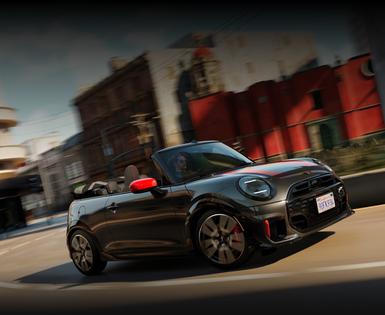
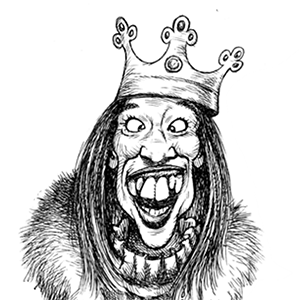

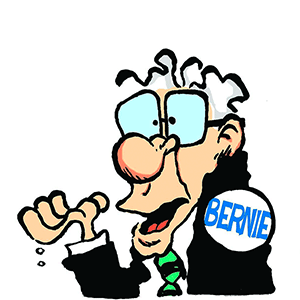
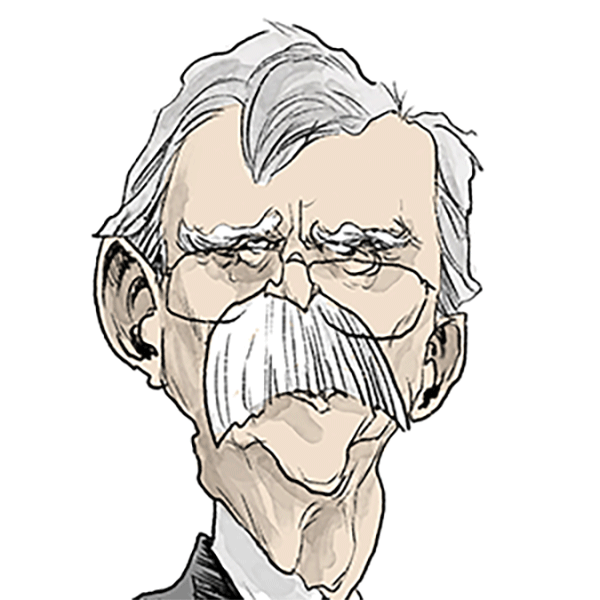

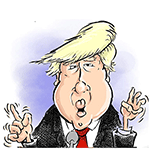
Comments